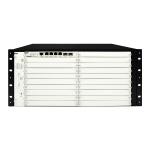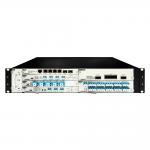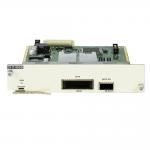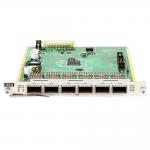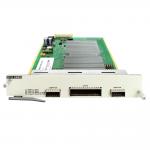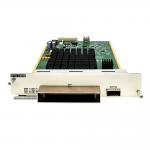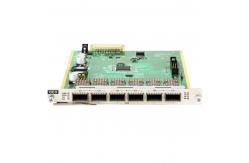100G QSFP28 OEO Transponder Card
| Function | Note | | Application | 100G wavelengths transform | | interface | Client-side interface: 3 QSFP28 hot-pluggable WDM-side interface: 3 QSFP28 hot-pluggable | | Line mode | Supports three 100G service transparent transmissions, which can
transform three 100G service optical signals into two WDM standard
wavelength optical signals | | Support service type | 100GE OTU4 | | Relay mode | Support 40G&100G wavelength electrical relay Optical signal single, multi-mode transform | | WDM technology | Support DWDM: C band 100GHz 40/48 waves,50GHZ 80/96 waves | | Occupied slot number | Support OM3800 series chassis, occupy 1 slot , (0.5U) | | Network management function | Support real time monitoring of the port working state, including:
transmitting optical power and receiving optical power,
temperature, etc. Support port loopback and port shutdown | | Max power consumption | 30W (including Module) | | MTBF | >100000 hours |
Introduction - The 100G incoherent OEO service card supports three 100GE bilingual
service access.
- Its main function is to perform 3R regeneration of three 40GE or
100GE service signals that are accessed, and can be transformed
into three WDM standard wavelength optical signal, so that the
multiplexer unit performs wavelength division multiplexing on
optical signals of different wavelengths, and at the same time
implements the inverse process of the above process.
- It’s suitable for short-range transmission of wavelength division
in metro areas at 100G rates.
What is DWDM? It is a technology helping increase the bandwidth of over existing
fiber optic cables and making it ideal for long-haul transmission. What does it do? It can be integrated with existing fiber optic cables, allowing
providers to increase data capacity as optical technology improves.
|
